Lessons for the next pandemic: act very, very quickly
The window of opportunity to find and stop a rapidly spreading virus is vanishingly small and intolerant of mistakes.
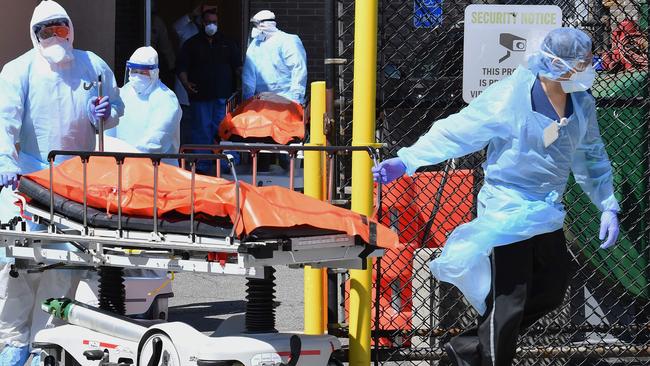
Here’s how the next outbreak of a dangerous new virus should unfold: Several people in a city develop a fever and cough, and a few land in the hospital. Machine-learning algorithms quickly detect anomalies in their lung scans. Scientists notice a pattern of strange infections in routinely collected blood samples. Whatever has sickened people is spreading, the samples suggest.
Both systems send an alert to public-health authorities, who identify the new virus within hours, then deploy an army of investigators to contain it by isolating and treating those who are sick or have been exposed.
One of the biggest lessons of the COVID-19 pandemic is that speed matters. The window of opportunity to find and stop a rapidly spreading virus is vanishingly small and intolerant of mistakes.
“Once you get behind the curve on these epidemics, it is really difficult to turn it around,” said Jeremy Farrar, director of the Wellcome Trust, which funds health-related research. “Acting late is a disaster.” In a series of articles about the pandemic and its origins, The Wall Street Journal showed how slow reactions by governments and officials in the crucial first weeks had grave consequences. Chinese health authorities stumbled in identifying the cause of the outbreak. The World Health Organization was outflanked by the virus, exposing flaws in its design and operation. The US botched its testing rollout. New York City shut down too late.
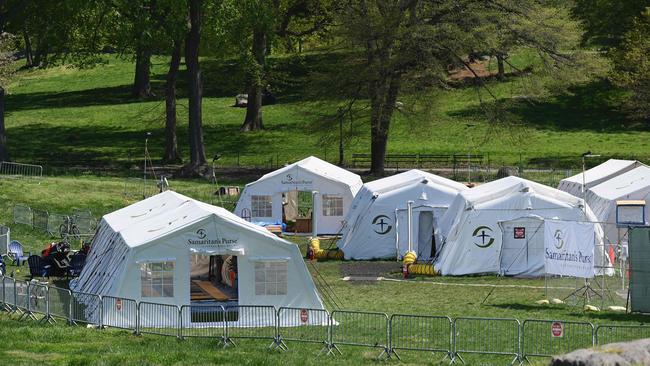
In all, the world was unprepared to handle a pandemic of this magnitude — in which more than one million have died — despite two decades of warnings and billions of dollars spent.
Public-health leaders and scientists are now mining the lessons of COVID-19 for strategies to avert the next one. Smarter lung scans and screening blood samples are two of their ideas. They also are working on new tools and approaches to find infections before they spread, to choke off budding outbreaks, to respond quickly with better public-health systems, drugs, vaccines, and to improve global co-operation and strengthen the WHO.
To do that, they say nations need to invest in preparing for epidemics the way they prepare for war or any other threat to national defence — with steady funding, accepting the spending as a necessary cost of keeping society safe even when there is no epidemic. Without such investments, governments won’t have sufficient infrastructure to respond as fast as they need to. Quicker action might help prevent a need for punishing lockdowns.
“We have to be ready for something as bad as this,” said Anthony Fauci, director of the National Institute of Allergy and Infectious Diseases and a member of the White House coronavirus task force.
Officials focused in past decades on preparing for a pandemic caused by a new strain of flu, which remains a huge risk. But COVID-19 shows they also have to anticipate an unknown “Disease X” that spreads in unique ways.
“We need to be thinking differently,” said Sally Davies, a former chief medical officer for England and now master of Cambridge University’s Trinity College. She recently formed a “Trinity Challenge” coalition, which includes Northeastern University, Facebook, and the Bill & Melinda Gates Foundation, to share data and insights on how to prepare more effectively for health emergencies.
That includes girding for shocks to the economy and society, not just the impact on health, she said.
One thing is certain: There will be a next time. Meat production, deforestation and other economic and social changes have brought people closer to wildlife and livestock, and the number of epidemics from new “zoonotic” animal pathogens is growing. “Epidemics in the 21st century are going to be more frequent,” said Dr Farrar. “They’re going to be more complex.” The best way to prevent an epidemic is to stop animal viruses from spilling over to humans in the first place, said Peter Daszak, president of EcoHealth Alliance, a New York-based non-profit that identified spillover hot spots around the world.
Funding for such research has been modest, but the US government is pouring more into it now. The NIAID recently established a global research network to research the animal viruses most likely to infect humans, the ecological and behavioural factors that make outbreaks occur, and strategies for preventing them. The US Agency for International Development is funding a consortium of wildlife and human disease experts to work with countries on reducing the risk of epidemics from animal viruses.
An initiative called the Global Virome Project aims to find and sequence every currently unknown animal virus that could infect humans. That would cost $3.7 billion, the project’s leaders estimate. They estimate that between 631,000 and 827,000 such viruses have the potential to infect humans.
Early Warning Stopping every spillover is impossible, many epidemiologists say. Instead, their goal is to halt quickly or at least limit the spread of new pathogens that jump to people.
Could COVID-19 have been found sooner than the end of December 2019? That’s when Wuhan officials first acknowledged cases of pneumonia. “Of course we could, if we had the right systems in place,” said Prof. Davies.
One idea to speed detection is to design equipment that would flag unusual chest scans. A doctor could then examine the scan to see if it signals something “really odd,” Prof. Davies said. Scientists also are working on better, faster diagnostic tests.
Prof. Davies and other scientists envision searching for new pathogens when they are circulating silently in a population, such as by looking for genomes in sewage in potential hot spots, rather than waiting until people get sick and seek tests. Several groups, including Northeastern University, already are testing wastewater for the new coronavirus.
Another way to see what pathogens are spreading is a “global immunological observatory” of blood samples, said Michael Mina, an epidemiologist and immunologist at the Harvard T.H. Chan School of Public Health, who proposed the idea in a paper earlier this year. It would scan blood samples routinely in every major city in the world for antibodies showing what diseases people have been exposed to, both known and unknown diseases, he said.
Had a public-health surveillance system like that been in place in the US earlier this year, when no diagnostic test was widely available, it would have shown that COVID-19 was spreading, Dr Mina said.
“It would have been abundantly clear that the virus was transmitting in New York,” he said. “That could have potentially saved tens of thousands of lives.” An infectious-disease forecasting centre, modelled on the National Weather Service, would project how an outbreak will unfold, helping public-health officials know how to respond, said Caitlin Rivers, an epidemiologist at the Johns Hopkins Center for Health Security.
Faster Vaccines and Drugs Vaccines and drugs against COVID-19 are being developed in record time. It doesn’t feel that way to people suffering through job losses, shutdowns, and long months of social distancing. They will have to go faster next time — and be ready before a virus spreads globally, Dr Farrar said. With COVID-19, that took about 100 days, he said. “That’s the pace that sets what we need to do,” he said.
Vaccines will be ready sooner next time, predicted Richard Hatchett, chief executive of the Coalition for Epidemic Preparedness Innovations, a global partnership that finances the development of vaccines for epidemic diseases.
Many are being made using new technologies, Dr Hatchett said. Once approved by regulators, these technologies can be used to make future vaccines, he said. The process will be much quicker. The “platform technologies” they use, such as viral vectors or protein-delivery systems, are essentially base components for a vaccine, to which the sequences of new pathogens are then added, saving time.
After the pandemic, “We may have half a dozen new vaccine technologies,” Dr Hatchett said. “It’s a game changer. The pandemic will have done in a year or 18 months what we could have only aspired to do in the next decade.” That approach also could be used to develop drugs, scientists said, particularly antibody-based treatments, which proved powerful against Ebola in a clinical trial last year and have been developed for COVID-19 as well.
Scientists at the NIAID are studying commonalities within families of viruses to develop vaccines and therapeutics that would work against any new one, Dr Fauci said. “We absolutely need a universal coronavirus vaccine, and it’s not out of the realm to do it,” he said.
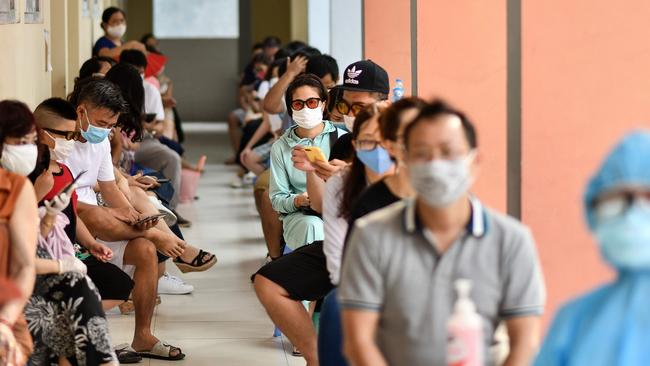
Better Public-Health Response Countries that have brought COVID-19 under control have strong public-health systems. Many of them learned from the US how to build them. Now, some hold lessons for the US
Vietnam, with help from US health officials, built stronger epidemic detection and response capabilities after battling severe acute respiratory syndrome, or SARS, in 2003. The country has reported just over 1,100 cases of COVID-19 and 35 deaths.
Officials there began screening for possible cases in early January and isolated the sick quickly, said Pham Quang Thai, an epidemiologist at Vietnam’s National Institute of Hygiene and Epidemiology and member of an outbreak control committee for the Ministry of Health. They track down people who have been exposed and their contacts. Anyone coming into the country is quarantined.
In the US, Vermont implemented restrictions and closures to slow the virus’s spread when it had a handful of confirmed cases. The state hired contact tracers to help it keep outbreaks under control.
Today, Vermont has one of the lowest rates of positive COVID-19 tests in the nation. But it is at constant risk if visitors import the virus from other areas where there is transmission. So Vermont requires those visitors to quarantine before or when they come to the state.
A national travel restriction and quarantine policy would more effectively keep the virus contained, said Mark Levine, Vermont’s commissioner of health. National coordination also would ensure tests and supplies are distributed equitably to states, he said. “This can’t be a helter-skelter state-by-state proposition,” he said.
Prevention and public health is a smaller part of health budgets in the US than it is in some other countries, Dr Levine said.
Hospitals need better systems to ensure supplies of protective gear, and quickly find beds when there is a surge of patients.
The thousands of contact tracers hired around the nation could be kept on permanently after the pandemic is over to provide basic community health services, said Dr Rivers of Johns Hopkins. They could help people with underlying medical conditions, whose rates of severe illness and death from COVID-19 have been high, get access to care quickly.
“I think it would be a missed opportunity if we hire all these contact tracers for Covid and then, when the emergency is over, we just let them go,” she said.
That would require funding thousands more workers, a challenge to current local and state budgets.
“There are going to be things with increasing frequency that come our way, and we have to be prepared for that,” Dr Levine said. “If we fail now, I shudder to think what will happen.”
Wall Street Journal



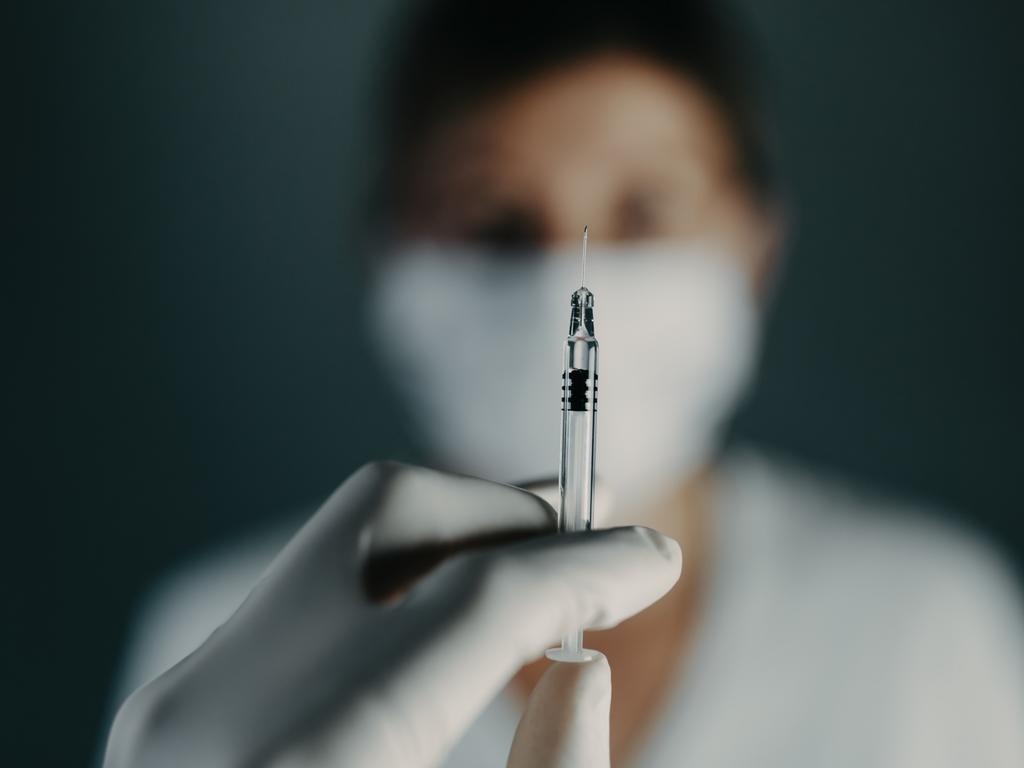
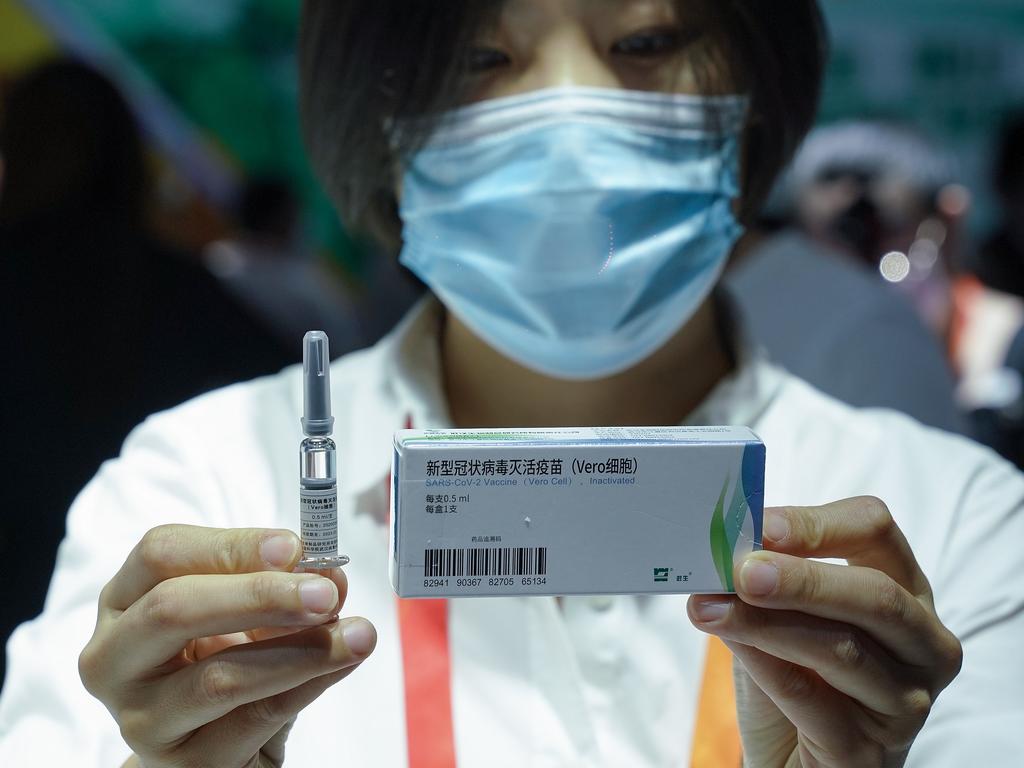


To join the conversation, please log in. Don't have an account? Register
Join the conversation, you are commenting as Logout